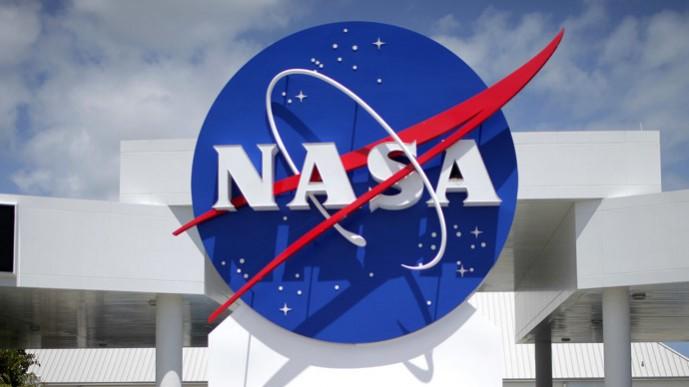
NASA is all set to launch this week a $23 million advanced bathroom to the International Space Station (ISS) to test out before using a similar system on future Moon and Mars missions. The toilet is scheduled to launch, along with other cargo, on Northrop Grumman's contract resupply mission to ISS from NASA's Wallops Flight Facility in Virginia on September 29.
The new space toilet that NASA is sending, called the Universal Waste Management System (UWMS), will be smaller, more comfortable and support a larger crew as NASA's Commercial Crew Program sends more astronauts to the station. The $23 million toilet system is 65 per cent smaller and 40 per cent lighter than the toilet currently in use on the ISS, Space.com reported on Saturday.
Another UWMS unit will be installed in Orion spacecraft for the Artemis II flight test that will send astronauts on a 10-day mission beyond the Moon and back. The "Universal" in UWMS is key: the central design concept can be easily integrated into different spacecraft and life support systems.
On platforms like the space station where astronauts live and work for extended time periods, UWMS will feed pre-treated urine into a regenerative system, which recycles water for further use. For shorter duration missions, like Artemis II, UWMS also works with a system where waste is not pre-treated with chemicals and is simply stored for disposal.
Improved integration with other components of the space station water system will aid in recycling more urine, which, yes, the astronauts do drink after it is filtered and processed. "We recycle about 90 per cent of all water-based liquids on the space station, including urine and sweat," explains NASA astronaut Jessica Meir.
"What we try to do aboard the space station is mimic elements of Earth's natural water cycle to reclaim water from the air. And when it comes to our urine on ISS, today's coffee is tomorrow's coffee!"
The regenerative life support system on the space station is critical to reduce the need to launch supplemental water from Earth. Initial lunar missions will be shorter in duration, so these complex systems may not be necessary.
Roundtrip missions to Mars, however, will take about two years and there will be no opportunities to top off the water supply.
NASA's goal is to reach 98 per cent recycling rates before the first human missions aboard a proposed Mars transport vehicle. The space station is currently the only in-space test location to validate long-term life support and recycling systems.
How do space toilets work?
The most basic human biological processes becomes challenging off-planet due in part to the lack of gravity. In the absence of gravity, space toilets use air flow to pull urine and feces away from the body and into the proper receptacles.
A new feature of the UWMS is the automatic start of air flow when the toilet lid is lifted, which also helps with odor control.By popular demand, it also includes a more ergonomic design requiring less clean-up and maintenance time, with corrosion-resistant, durable parts to reduce the likelihood of maintenance outside of the set schedule, NASA said.










